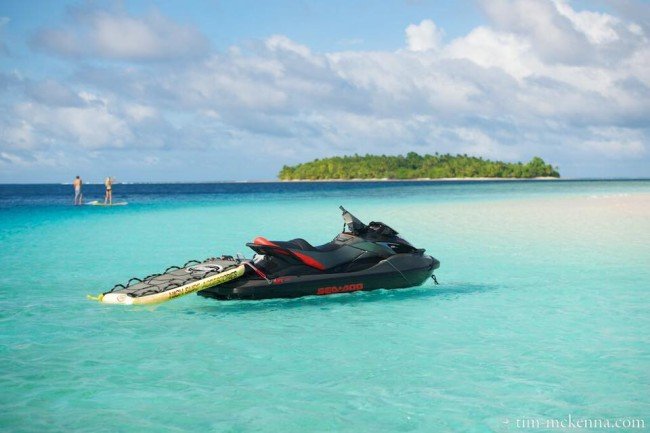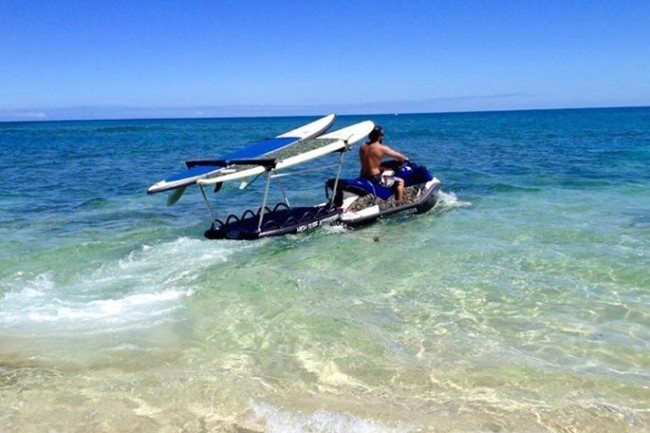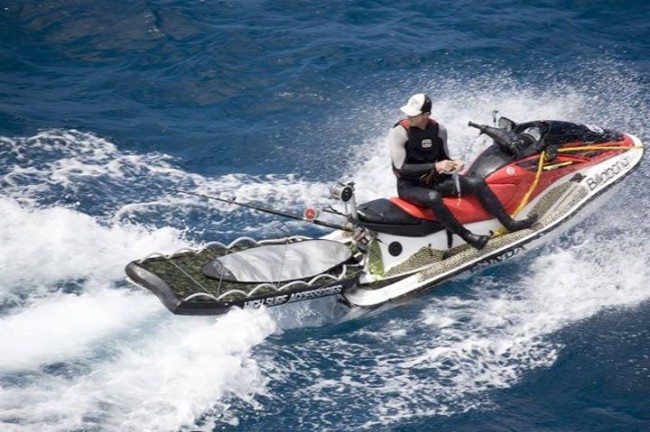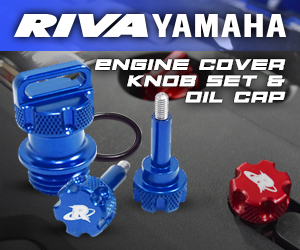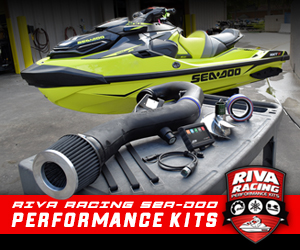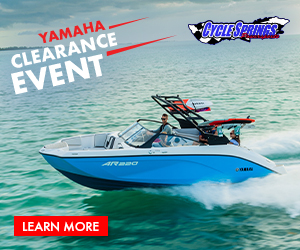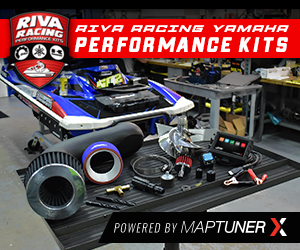Although 2-and-3 seater personal watercraft runabouts have been around since the late 1980s, adding a rescue sled for watercraft rescue is a fairly new concept. Because PWC are mostly used for recreational use around lakes, rivers and oceans, and manufacturers have expanded the original recreational use of PWC to include racing and towing for water sports (such as wakeboarding, wakeskating, tubing), tow rescue and tow surf by use of a tow board is something that is only a decade or two old (although big surf pioneer Randy Laine was doing it waaay earlier, but that’s a whole other story).
Through the use of a tow board, PWCs have gained additional traction with big game fishing and scuba diving/divers, in addition to dive rescue and reef exploration. Rescue sleds, such as those from High Surf Accessories (HSA), have opened up personal watercraft to a whole new world of use. In terms of swiftwater rescue, HSA states, “There is no such thing as too much power, just too much throttle. In fact, high horsepower makes navigation in a water current safer for all involved. ‘Slow is pro’ in swift water navigation especially with an attached tow board, and the ability to cautiously navigate fast currents, large waves and difficult gradients is paramount.
“The RWC’s low draft means less underwater obstruction contact and the ability to operate at lower water levels than outboard engines without decreasing performance. Obstructions become more difficult to identify during downstream navigation, and operators in the standard PWC standing position can identify obstructions easier and earlier than other watercraft. The combination of low draft and no exposed prop also allows PWC to maneuver closer to obstructions for search or rescue operations.”




